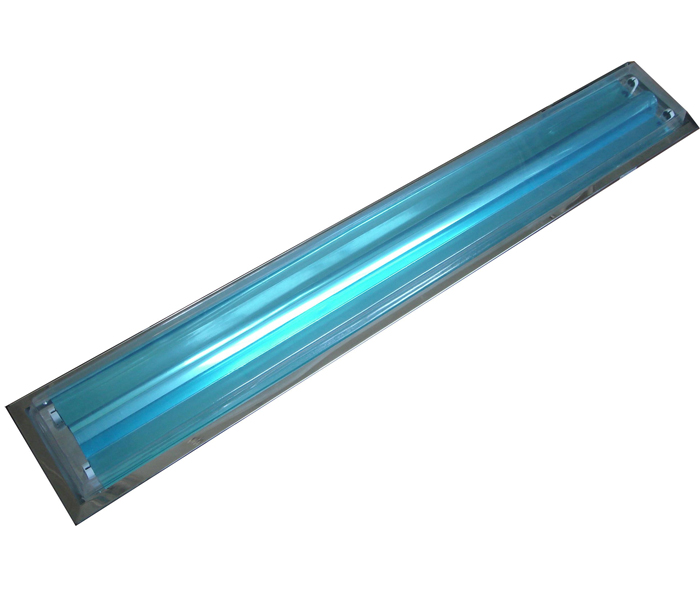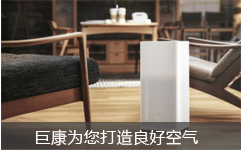空氣凈化工程相關(guān)靜電測試方法
- 發(fā)布人:
- 發(fā)布日期:2017-04-13 17:37:16

空氣凈化工程內(nèi)往往存在著不容忽視的靜電危害,是導(dǎo)致電子元件、電子儀器和設(shè)備損壞或性能下降的重要因素之一,對芯片制造的影響尤為嚴重,此外,靜電還是空氣凈化工程在生產(chǎn)過程中易燃易爆氣體或粉塵產(chǎn)生時,導(dǎo)致爆炸、火災(zāi)的元兇以及存在電擊傷人的隱患。靜電對塵埃的吸附效應(yīng),也易造成生產(chǎn)環(huán)境和產(chǎn)品各個壁面的塵埃聚集,以致影響空氣凈化工程的環(huán)境和產(chǎn)品污染。
Air purification engineering is often the existence of electrostatic hazards can not be ignored, is one of the important factors that lead to the decline of the electronic components, electronic instruments and equipment damage or performance, impact of the chip manufacturing is particularly serious. In addition, electrostatic and air purification engineering in the production process of flammable and explosive gas or dust generation, resulting in explosion, fire the culprit and the existence of hidden danger of electric shock injuries. The adsorption effect of electrostatic on the dust, it also easily lead to the production of environmental and product of the dust accumulation, resulting in the impact of air purification engineering environment and product pollution.
1.相關(guān)的規(guī)范規(guī)定
1 related specification
空氣凈化工程 http://www.jnjkjh.com/ 相關(guān)規(guī)范對靜電防護問題,從設(shè)計到運行都有具體的規(guī)定。例如,設(shè)施應(yīng)該選用既不會產(chǎn)生也不能蓄積大量靜電的建筑材料。為保護對靜電敏感的設(shè)備、器件、地面,電阻應(yīng)該在104~107Ω范圍內(nèi),表面聚集電荷的限定值應(yīng)小于2KV等等。
Air purification engineering related specifications for electrostatic protection, from design to operation have specific provisions. For example, facilities should be used to produce a large amount of static electricity. In order to protect the device, the device and the ground, the resistance should be in the range of 104~107, the limiting value of the surface charge is less than 2KV, etc..
國家標(biāo)準GB 50073--2001《潔凈廠房設(shè)計規(guī)范》規(guī)定:潔凈室地面層應(yīng)具有導(dǎo)電性能并應(yīng)保持長時間穩(wěn)定。潔凈室地面表層應(yīng)采用靜電耗散性材料,其表面電阻應(yīng)為1.0×105~1.0×1012Ω或體積電阻率為1.0×104~1.0×1011Ω·com。潔凈室地面應(yīng)設(shè)有導(dǎo)電泄放措施和接地結(jié)構(gòu),其對地泄放電阻應(yīng)為1.0×105~1.0×109Ω等等。
National standard 50073--2001 GB "design code for the clean house design" provides that the ground floor of the clean room should have a conductive property and should be kept stable for a long time. The surface layer of the clean room should be used for static dissipative material, the surface resistance should be 1 * 105~1.0 * 1012 or the volume resistivity is 1 * 104~1.0 * 1011 * com. The ground floor of the clean room shall be provided with an electric discharge measure and a grounding structure, which shall be 1 x 105~1.0 x 109 and so on.
2.靜電測試方法
2 static test method
靜電測試通常包括兩部分內(nèi)容,一是靜電測試本身,其目的是掌握產(chǎn)品表面上的靜電電荷和地面、工作臺面或其他設(shè)施的靜電電壓的耗散率;二是離子生成器測試,其目的是通過監(jiān)測器測量初始充電的放電時間和通過測定隔開來的監(jiān)測板的補償電壓來評估其性能。上述兩部分測量結(jié)果都能反映清除或中和靜電荷的效率和產(chǎn)生的正負離子量間的不穩(wěn)定性 。
Static test usually includes two parts, one static test itself, its purpose is master products on the surface of the electrostatic charge and on the ground, table or other facilities of the electrostatic voltage of the dissipation rate; ion generator test, its purpose is through monitors to measure initial charge discharge time and the compensation voltage for the determination of separated from the monitoring board to evaluate its performance. These two parts can reflect the efficiency of the removal or neutralization of the static charge and the instability of the positive and negative ions generated by the production.









